Pushing the limits of your growing area
jun_
18 years ago
Related Stories
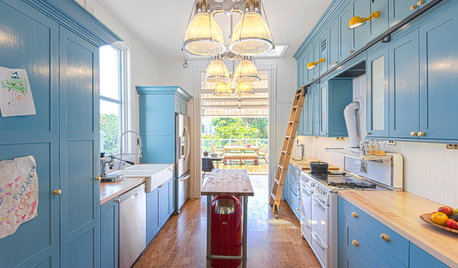
KITCHEN DESIGNKitchen of the Week: Pushing Boundaries in a San Francisco Victorian
If the roll-up garage door doesn’t clue you in, the blue cabinets and oversize molding will: This kitchen is no ordinary Victorian galley
Full Story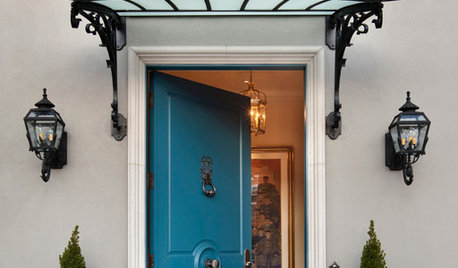
GREAT HOME PROJECTSMake a Push for a New Doorbell
Is it time to replace a doorbell or even add a door intercom or video system? Installation may be easier than you think
Full Story
EDIBLE GARDENSSummer Crops: How to Grow Squash
Almost foolproof and with cheerful flowers, squash comes in a wide range of varieties to plant in spring
Full Story
GARDENING AND LANDSCAPINGGrow a Lush Privacy Screen
No need to wait forever for patio privacy the green way. These 10 ideas will get your screening up and running in no time
Full Story
GARDENING GUIDESGrow Your Own Privacy: How to Screen With Plants and Trees
Use living walls to lower your home and garden's exposure while boosting natural beauty in your landscape
Full Story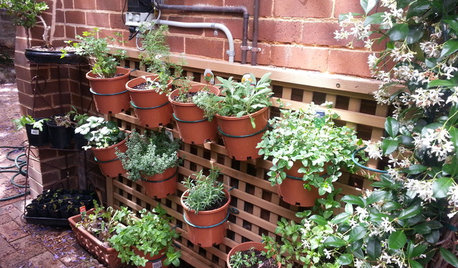
FARM YOUR YARD14 Crazy Places to Grow Edibles
Some Houzzers may lack ground for gardening, but they’re never short on imagination
Full Story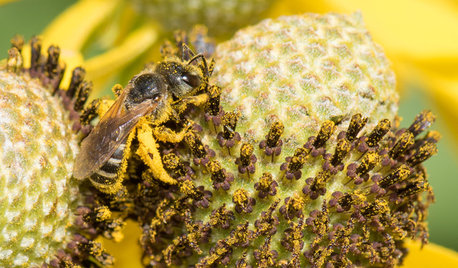
GARDENING GUIDESWelcome Sweat Bees to Your Garden Throughout the Growing Season
Look before you swat! These friendly sweat bees will feed on your sweat on a hot summer day, but their main buffet is flowers
Full Story
GARDENING GUIDES9 Low-Growing Hedges That Make Good Neighbors
Define garden areas or borders without blocking the view, with these evergreen shrubs that take kindly to trimming
Full Story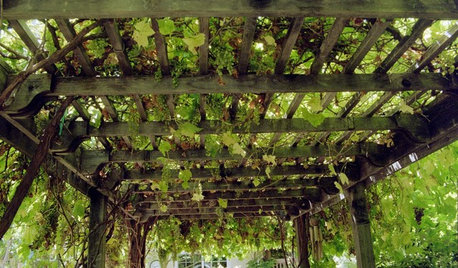
GARDENING AND LANDSCAPINGVertical Gardens Raise the Limits for Landscapes
Turn a small garden space into a towering success with an upward-bound collection of edible delights
Full Story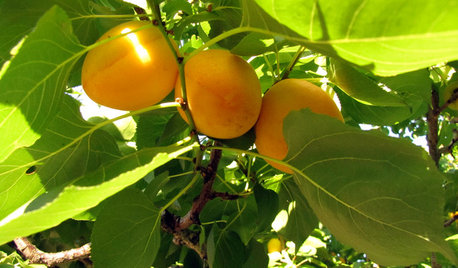
EDIBLE GARDENSHow to Grow Your Own Apricots
Velvety fruit, pretty blossoms and interesting bark make apricot trees a delight — and they’re great for smaller gardens
Full Story


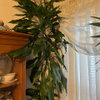
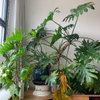
jun_Original Author
plummy
Related Discussions
Pushing the limits -- trees and shrubs
Q
Pushing the growing limits.
Q
Pushing the palm limits in Jacksonville FL
Q
Please, help us help you..Use your growing Zone and or area.
Q
Gardener972
gardenalive
Kameha
jun_Original Author
wilmington_islander
vickie704
Kameha
wilmington_islander
Kameha
wilmington_islander
tamstrees
kayjones
siegel2
Kameha
cactusfreak
Eggo
DeltaTropicsGuy
cactusfreak
abekhoury
bihai
citrus_master
franktank232
paradisi
mangogrower
greenfrog
butterfly15_ca
trianglejohn
amazondk
barefootgardentender
birdsnblooms
sandy0225
godschild
josh_palm_crazy
xerophyte NYC
godschild
godschild
josh_palm_crazy
xerophyte NYC
josh_palm_crazy
birdsnblooms
tropicalfreak
pcbutt
tirto
lovemypup
norm52
nmcnear
stefanos689
User